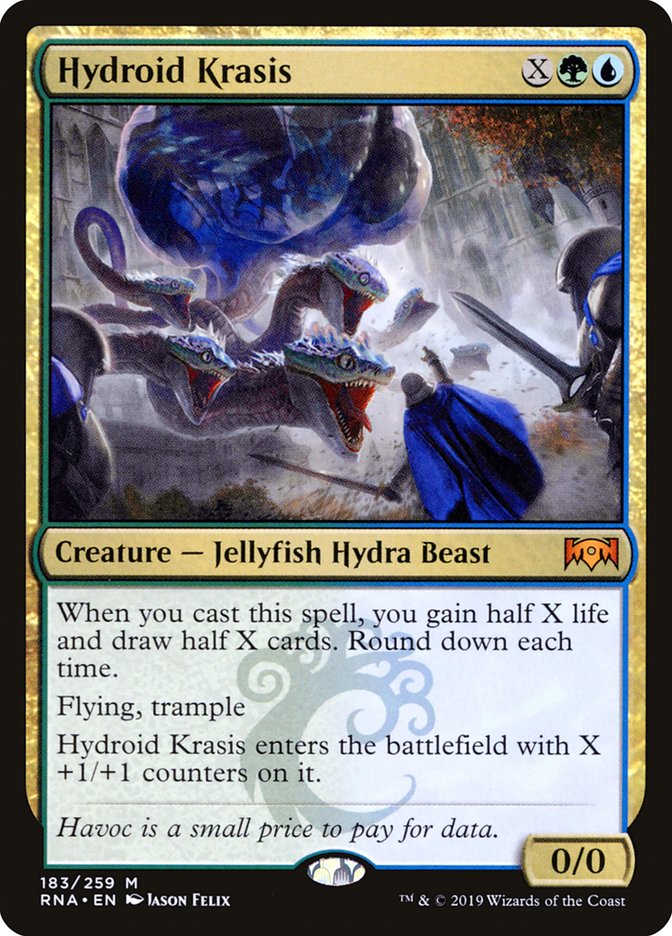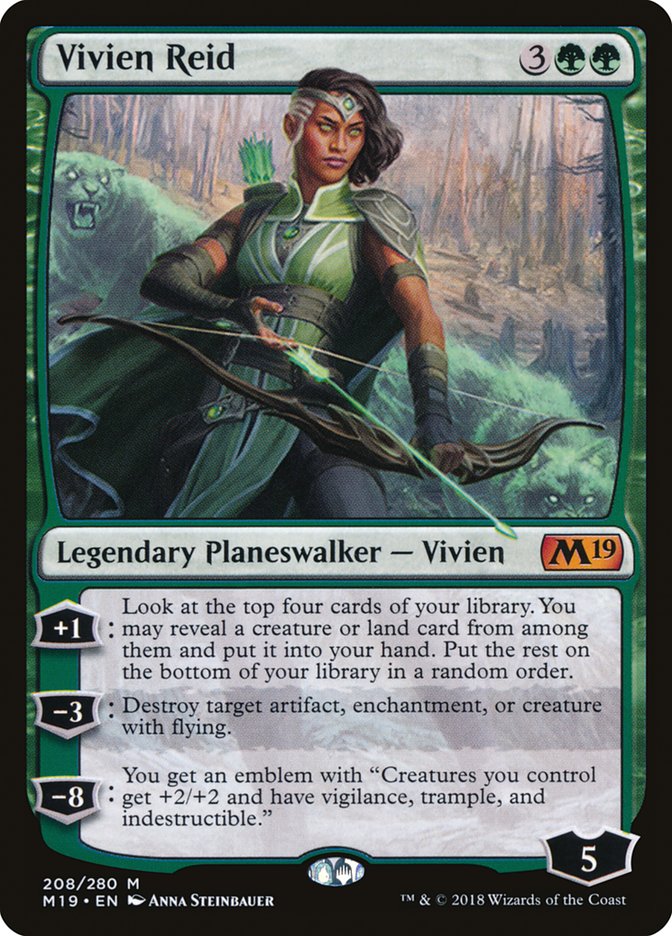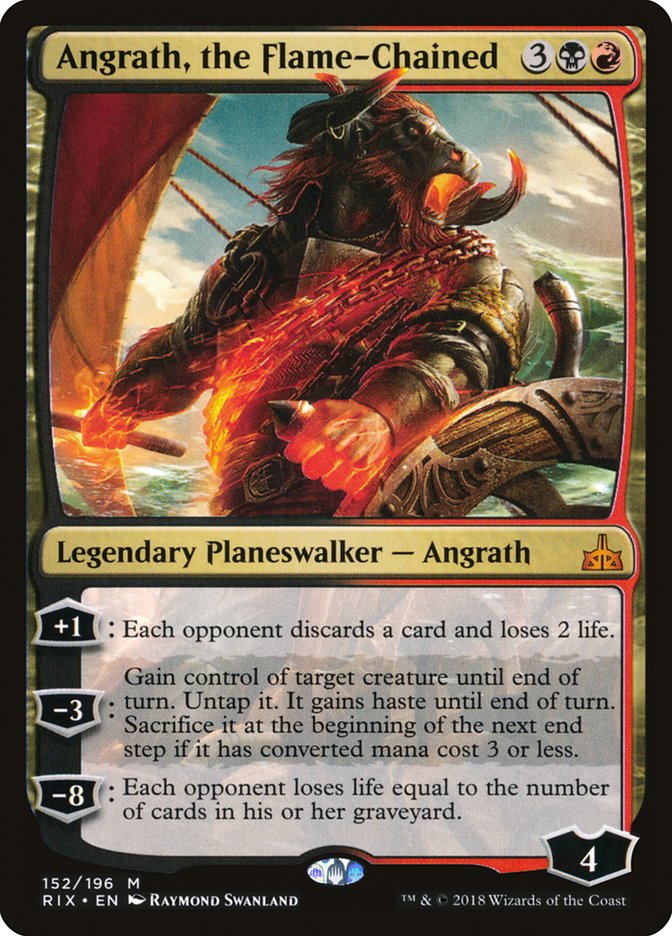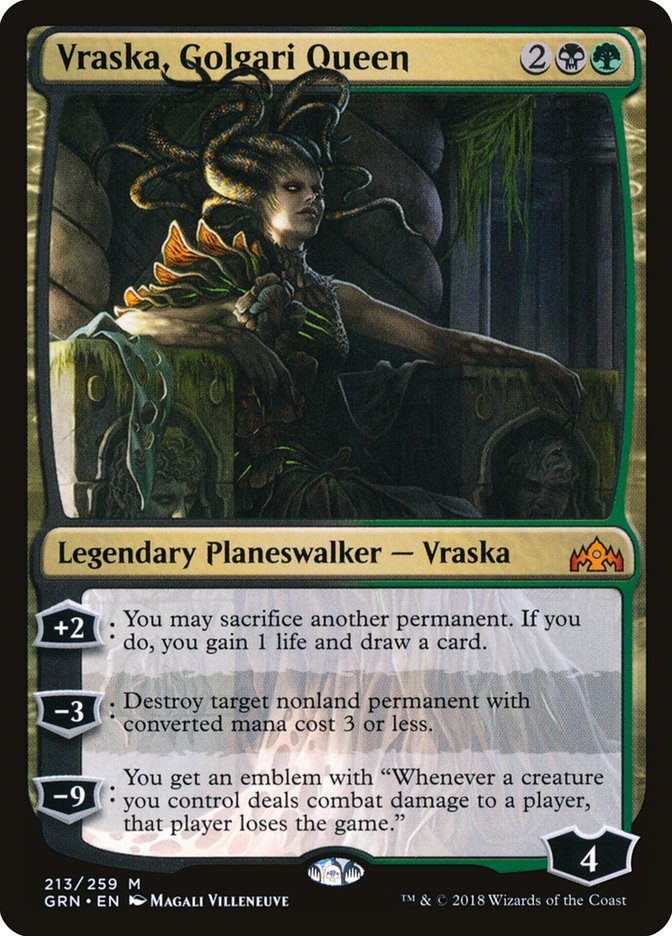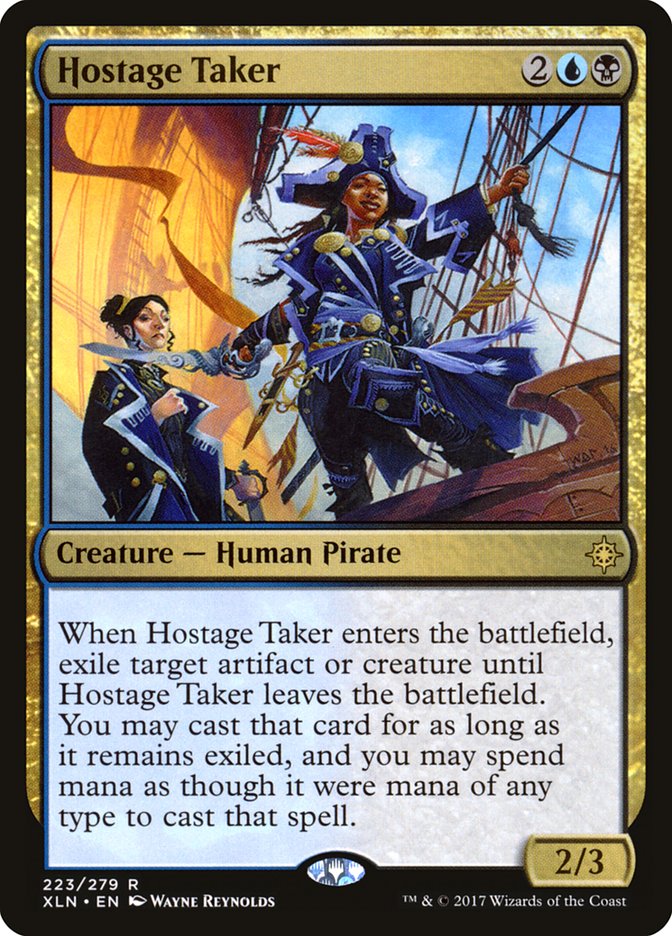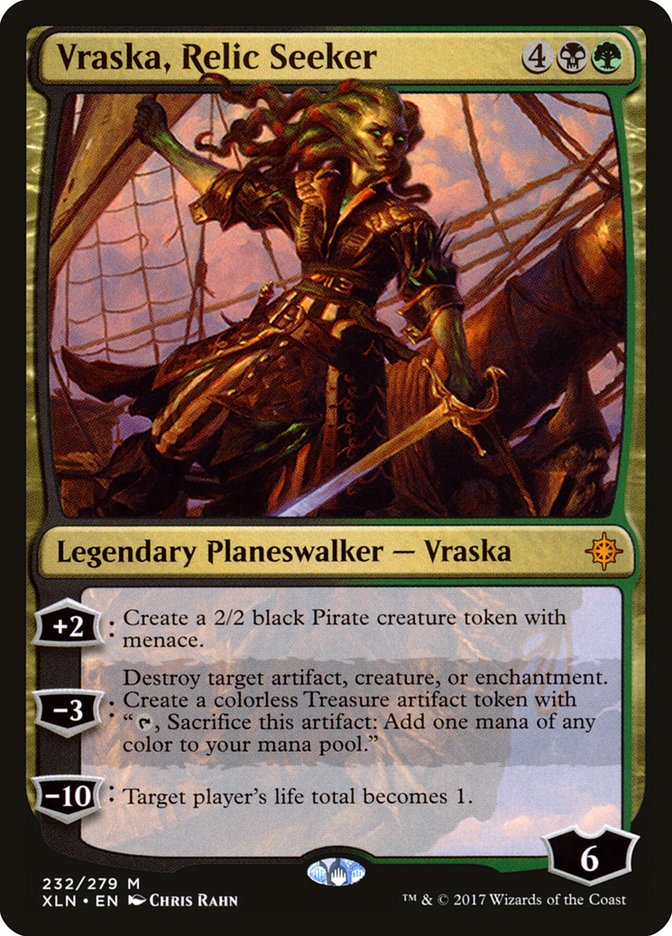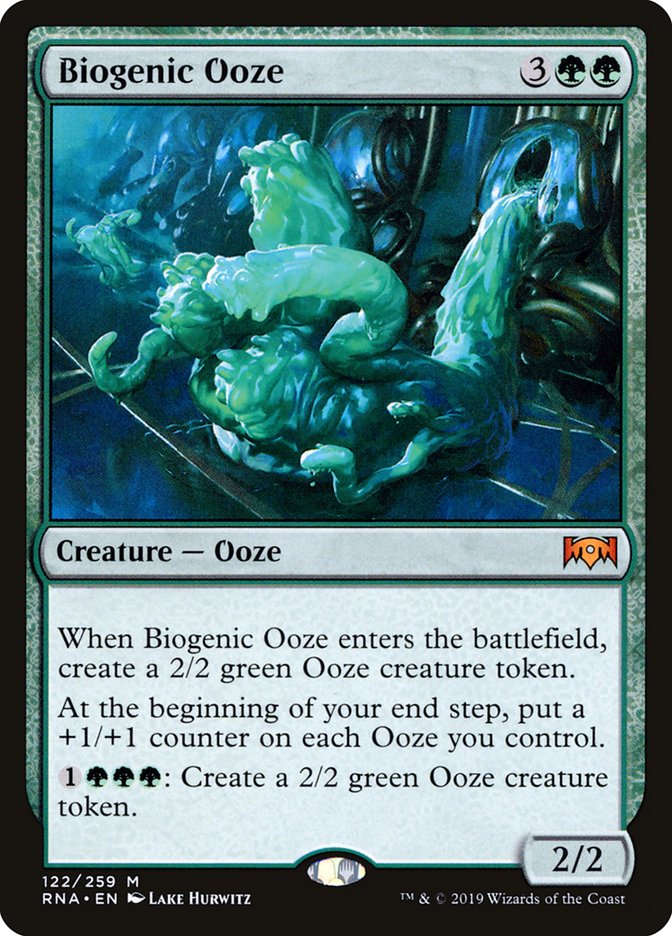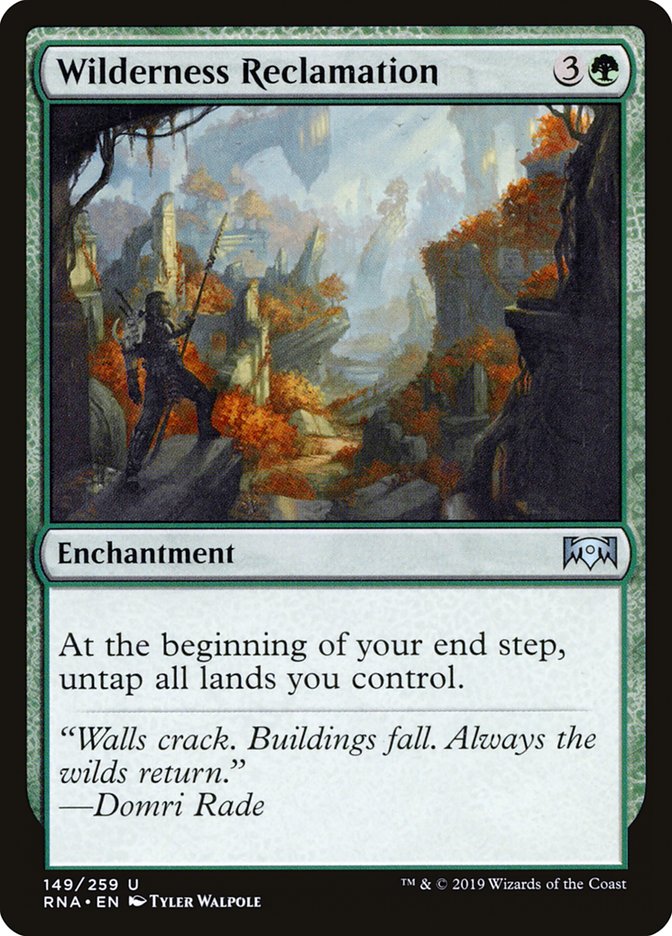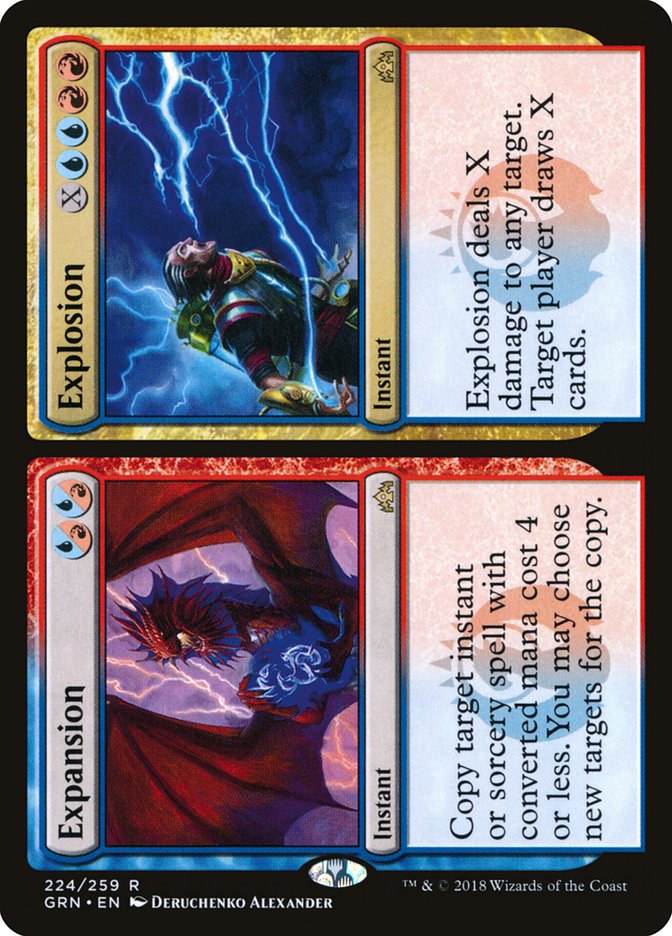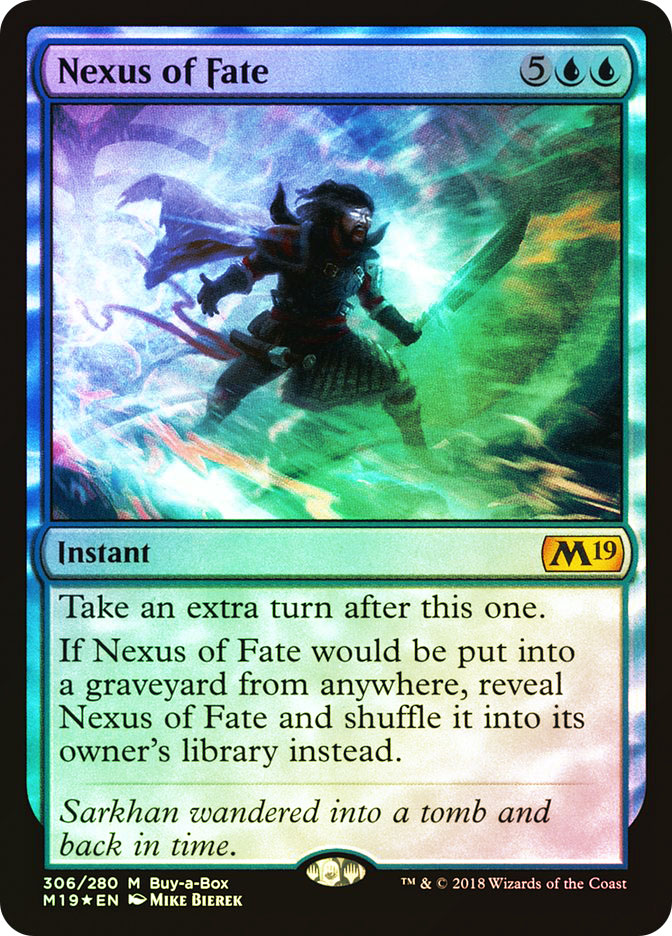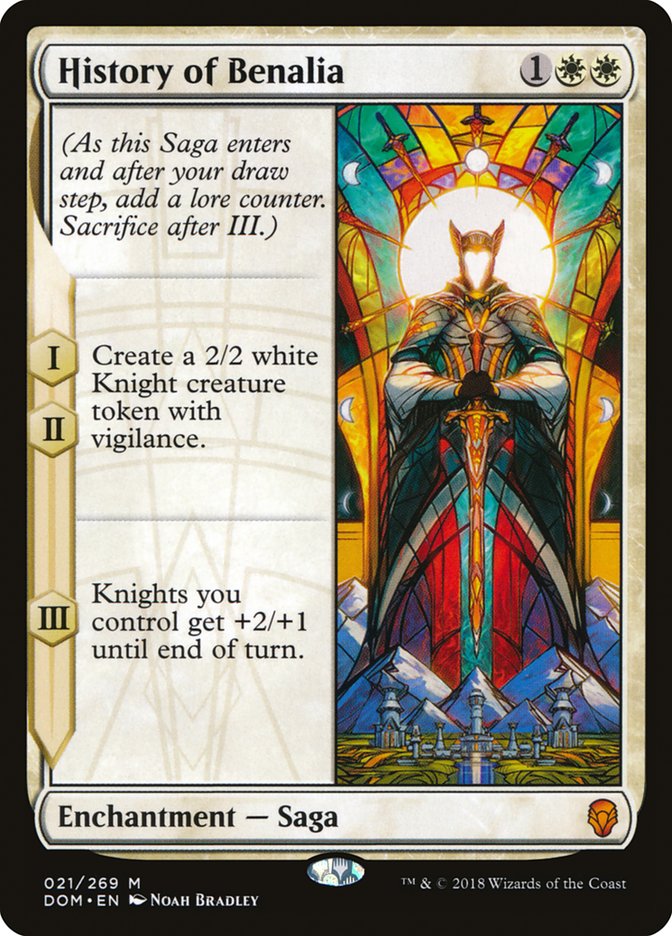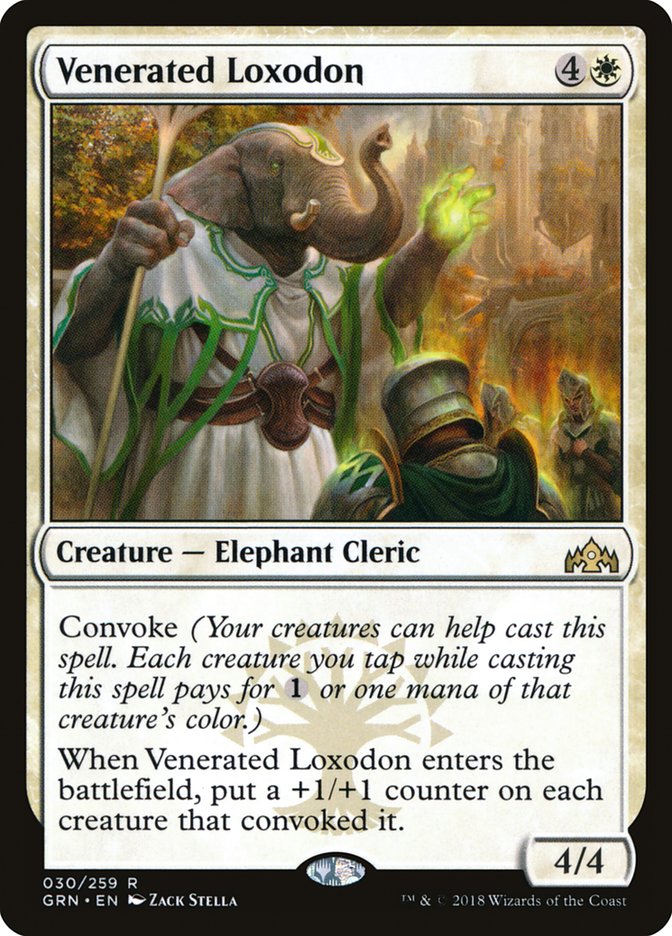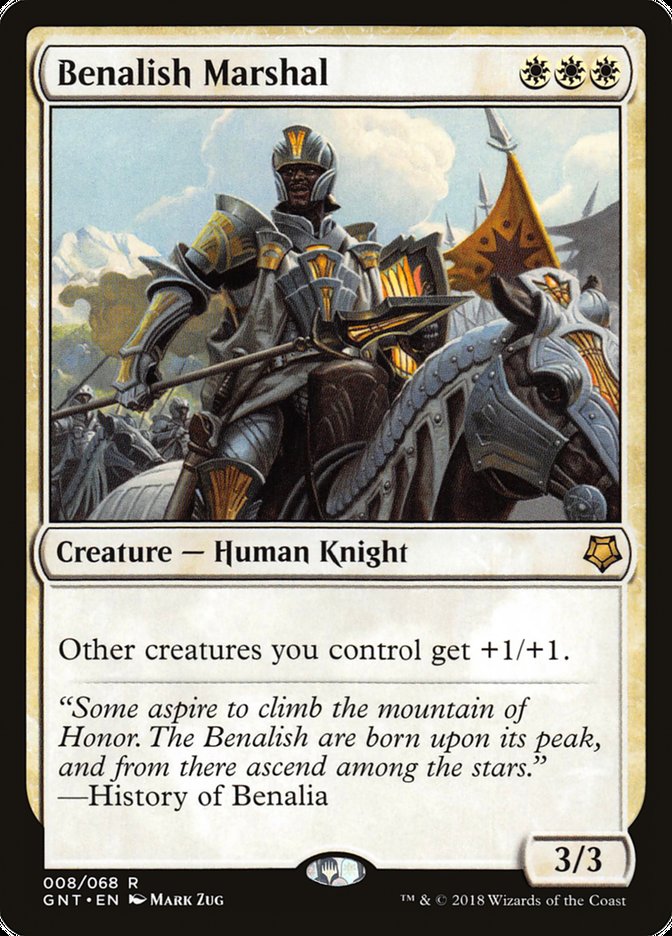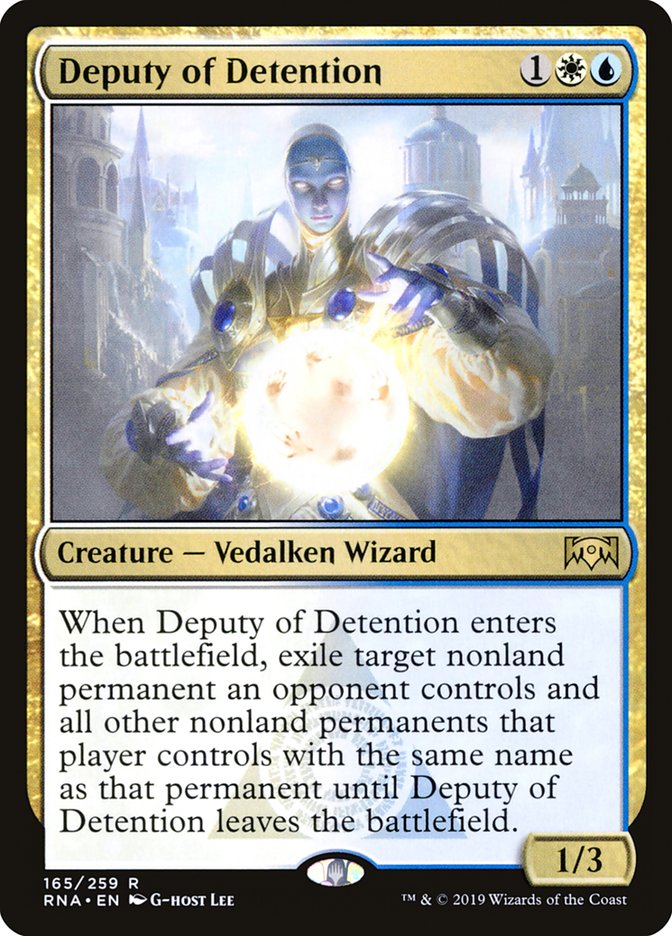Week one of Ravnica Allegiance Standard is in the books, and the
resounding takeaway from the weekend is the power of Hydroid Krasis. Sultai
Midrange, which essentially amounted to splashing blue in last season’s
Golgari Midrange deck for the powerful Jellyfish and some sideboard cards,
was the
most popular deck on Day 2 of the Open in Indianapolis
and left with the trophy. Hydroid Krasis was also seen putting in work for
Simic-based midrange decks of all stripes as well as serving as a win
condition in various Wilderness Reclamation decks.
This, of course, means the search is on for the best cards and strategies
to counter Hydroid Krasis, which is tough to do when the most important
part of the card, the triggered ability, occurs upon casting, so even a
counterspell leaves you behind in card advantage while aggressive decks
will need to have an answer to the sizable body.
Standard is all about playing to the battlefield with creatures and removal
spells, and Hydroid Krasis dominates that style of gameplay. It has the
ability to put you ahead on all three axes of interaction: card advantage,
tempo, and life. It’s essentially impossible to completely negate the
impact of Hydroid Krasis once it’s cast, so we’re going to have to focus on
containing it as much as possible.
Since Krasis covers all three basic axes of Magic, I’m going to break down
how to appropriately answer the card along each axis, though it’s important
to keep in mind that for most decks, you’ll need to have a blend of these
answers in order to adequately prepare for the card. It’s just that
powerful.
Answering the Tempo
Tempo is a nebulously defined concept in Magic, in part because it’s
difficult to precisely nail down what it means; for the purposes of Hydroid
Krasis, the tempo comes from the large body it generates, which is an
immediate threat to pressure your life total, attack a planeswalker, or
stop a horde of creatures from attacking. In any case, you’ll need to
answer the creature itself in most games.
You could just point a removal spell at it, but unless you’re doing
something else with your turn, all you’re doing is extending the game so
they have more time to deploy the extra cards Hydroid Krasis drew them.
Unless you’re planning to go even bigger as the game progresses (and it’s
hard to do so without Hydroid Krasises of your own) it’s important to
answer the body in a way that lets you continue to pressure them, so they
aren’t able to deploy all the extra cards in time or at least aren’t able
to deploy them with maximal effectiveness.
Double-spelling with a cheap removal spell like Cast Down can work here,
but I’m looking for something even better. I want to answer Hydroid Krasis
with permanents that leave me further ahead on the battlefield. Most of
these permanents are planeswalkers like Vivien Reid; Angrath, the
Flame-Chained; and Vraska, Golgari Queen, and the latter two I particularly like because they can start negating the card
advantage from Krasis if they stick around. Vivien, in particular, provides
a steady stream of threats to keep the pressure on the opponent, which is
perfect. She was already a key part of Golgari decks from last Standard
season, but I expect Vivian Reid to get even better.
Angrath didn’t see a lot of play last weekend, but as we explore the format
further, that’s going to change. It fights on every axis like Hydroid
Krasis, and in battlefields littered with creatures and planeswalkers, its
-3 ability can create huge tempo swings that start to snowball into a
larger advantage. I also like that its +1 ability encourages the opponent
to hold and discard excess lands, naturally weakening any Hydroid Krasises
that come off the top.
Vraska, Golgari Queen is the toughest to utilize because its +2 ability
doesn’t naturally gain card advantage, but in combination with afterlife
creatures or something like Hero of Precinct One in order to maximize that
ability, it could be a strong option. Unlike Vivien and Angrath, this one
needs you to put in some work, but the payoff is there.
In the non-planeswalker category, I’d be looking very hard at Hostage
Taker, which was a common inclusion in Sultai Midrange decks and a key
component of Wyatt Darby’s
fifth place Esper Midrange list
. It cleanly answers Hydroid Krasis without the usual threat of your
opponent getting their threat back once it dies, but that doesn’t mean it’s
not an immediate target for removal, because getting to cast a Krasis of
your own is a big swing, often leaving you ahead on both tempo and card
advantage.
Beyond the way it interacts with Krasis, Hostage Taker gets better in the
long games that Hydroid Krasis encourages. Krasis decks want to play long
enough to chain together a whole school of Jellyfish and bury the opponent
in card advantage, leading to long games where both players have plenty of
lands. In these games, Hostage Taker can steal and immediately cast an
opposing creature, a huge swing in both tempo and card advantage with only
a small window to answer the Hostage Taker with the trigger on the stack.
With all these cards, your opponent is untapping without their big flyer
and staring down a permanent that demands an answer, which will often stop
them from being able to efficiently deploy their other cards. If you can
cement an advantage on the battlefield, you can begin to utilize that
advantage to gain cards by forcing bad blocks or answering opposing
planeswalkers efficiently.
We often think of tempo as the domain of decks with a low curve and cheap
disruption, but it’s an important resource for bigger decks as well. Every
chump block made to save a planeswalker or forced double block to trade
with a larger creature adds up over time, and you can force your opponent
into those plays by pressing an advantage built on the battlefield even if
your opponent has several more cards in hand than you do.
Answering the Cards
Of course, sometimes things don’t go according to plan and Hydroid Krasis
comes down on an even battlefield. In this game, your opponent is going to
have time to deploy the extra cards and there’s little you can do. Having
your own Krasises is the best first step, but it only gets you back to
even, so we’ll have to look for ways to break the stalemate. In order to do
this, I’m going to take a lesson from Magic history, specifically the
matchup between Sphinx’s Revelation control decks and Mono-Black Devotion
from Theros era Standard.
Creatures (1)
Planeswalkers (7)
Lands (27)
Spells (25)

Creatures (16)
Lands (26)
Spells (18)
Sideboard

This was a matchup that typically went very long, since the Revelation
decks had easy answers to Pack Rat and the other creatures from Mono-Black
Devotion. In a long game, Sphinx’s Revelation is about the best card you
could think of, especially against a deck that has no counterspells, so as
long as you could find one on the top of your deck eventually, it was going
to draw a boatload of cards.
But Mono-Black Devotion had Underworld Connections. And combined with a
pile of discard spells to take Revelations or key pieces of interaction,
could use the powerful enchantment and the life gain from Gray Merchant of
Asphodel to outpace the one-shot bursts of cards from Revelations.
In a long enough game, repeated sources of card advantage will always win
out over single-shot effects. Our job then is simply to identify what the
best sources of repeatable card advantage are.
The planeswalkers I mentioned above are a great place to start, and of
course there’s also Teferi, Hero of Dominaria. Another planeswalker to add
to the list, and one I think is being overlooked, is Vraska, Relic Seeker.
It was largely pushed out by Carnage Tyrant, but in a world where players
are flush with Jellyfish-supplied resources, the 7/6 body is easier to
contain on the battlefield, while Vraska, Relic Seeker provides a huge
advantage over a long game along with the ability to ignore the attrition
battle and work towards a game-ending ultimate.
On the non-planeswalker side of things, I’m interested in Biogenic Ooze. It
generates card advantage immediately, but as the game goes long it acts as
a mana sink that can snowball your advantage in total resources while
affecting the battlefield immediately. A pile of 2/2s wouldn’t be much, but
with the triggered ability repeatedly pumping them, those tokens will grow
out of hand as the game progresses and likely trump anything Hydroid Krasis
does.
The key here is to find sources of card advantage that either repeat as
long as game keeps going or scale with mana so you can utilize them more
often as the game goes long. The notable card that fails these two criteria
is Growth-Chamber Guardian. It’s a solid card, but getting a couple 4/4s is
going to eventually be trumped by something, so if you’re on the Guardian
side you need to be ending the game in some fashion. This isn’t a card
that’s going to contribute significantly in the attrition wars that are
coming to Ravnica Allegiance Standard.
There’s one more way to win the subgame against Jellyfish-derived card
advantage, and that’s what I’m dubbing the War Games strategy: “The only
winning move is not to play.”
By this I mean ignoring the cards that come from Hydroid Krasis and focus
on executing your own, more powerful gameplan. That’s what the Wilderness
Reclamation decks are doing right now, setting up either for either
comically large Explosions or taking all the turns with Nexus of Fate.
The key here is that Hydroid Krasis has to draw irrelevant cards for the
matchup. Sphinx’s Revelation decks used to have a solid game 1 against
Mono-Black Devotion because the latter was using its Underworld Connections
to draw dead removal spells, but things shifted significantly after
sideboarding, when those removal spells became Duresses and other relevant
disruption.
Right now, Sultai Midrange has a sideboard full of counterspells and
discard, so their bad removal and weaker threats become a pile of excellent
disruption for Wilderness Reclamation decks. They can use early disruption
to buy time to land a Krasis for two or three, reload, rinse, lather, and
repeat. That’s why I’d be shying away from Reclamation strategies right
now, though I’ll be keeping watch for a time when they can catch the
metagame unprepared.
Answering the Lifegain
The last axis of interaction for Hydroid Krasis is the lifegain. This axis
matters much more for aggro than the other archetypes so this section will
focus on those decks. Going into the weekend, Mono-Red Aggro was receiving
a ton of hype because of the addition of Skewer the Critics and Light Up
the Stage. While it was one of the more popular decks on day 2, it failed
to make the Top 8, and with week one typically favoring aggressive decks,
this looks like a rather weak showing for basic Mountain connoisseurs.
The best performing aggressive deck was Max Magnuson’s Azorius Aggro list,
trading in the red splash from last season for blue in order to utilize
Deputy of Detention and sideboard counterspells.
Creatures (29)
- 4 Snubhorn Sentry
- 4 Benalish Marshal
- 4 Dauntless Bodyguard
- 1 Healer's Hawk
- 4 Venerated Loxodon
- 4 Hunted Witness
- 4 Tithe Taker
- 4 Deputy of Detention
Lands (21)
Spells (10)
Sideboard

Max’s deck has no form of reach to combat the lifegain directly, but that’s
an advantage, because doing so plays into the Krasis player’s hands.
Building a battlefield of formidable creatures–which the white-based
aggressive decks are quite capable of between History of Benalia, Venerated
Loxodon, and Benalish Marshal–allows you to deal damage in much larger
chunks than drawing two burn spells off of Light Up the Stage. Hydroid
Krasis may be big, but it’s only one blocker, so going wide is a great plan
if you want to end the game before it takes over.
The only way for the red decks to really trump the power of Hydroid Krasis
is Experimental Frenzy, which every deck is prepared to answer due to the
presence of Wilderness Reclamation. Outside of that, they’re fighting a
losing battle trying to grind a long game through the life gain from not
only Krasis but also Wildgrowth Walker, which is easier to set up after
drawing two, three, or four extra cards.
The white aggro decks aren’t interested in dealing damage in three point
increments. Once they have their battlefield set, they’re attacking for
eight, ten, twelve damage at a time, at which point a Wildgrowth Walker or
Hydroid Krasis may not be enough to stem the bleeding.
The adoption of Deputy of Detention also offers the white decks a great
answer to the mana creatures that Hydroid Krasis decks are playing, which
is a great way to limit the card’s effectiveness. It delays Krasis while
developing the battlefield and should you lose it to a removal spell, the
returning mana creature will have still missed out on a turn or two of
acceleration. It can also tag an early Wildgrowth Walker and punish them if
they have to use their explore creatures to dig for a spot removal spell.
The current iteration of red decks would be perfect against decks that are
trying to match up with a pile of cheap removal, but that’s the opposite of
what’s going on right now, which makes the creature-heavy, go-wide aggro
strategy that white provides more appropriate.
With a complete picture of how to attack Hydroid Krasis, you can figure out
which axes of interaction your deck cares most about and find the
appropriate tools to win that battle. Hydroid Krasis is powerful enough
that it’s not going to be pushed out of the metagame anytime soon, but that
doesn’t mean you have to throw up your hands and hope to dodge it. There
are plenty of powerful cards in Standard that can stand up to the
Jellyfish, we just have to pick the right ones.


